Understanding Carbon Filter Pads
Carbon filter pads are essential components in various filtration systems, designed to remove impurities and contaminants from gases and liquids. These pads are crafted from activated carbon, which is renowned for its high degree of porosity and large surface area, making it exceptionally adept at adsorbing pollutants and odors.
Types and Applications
The versatility of carbon filter pads is reflected in their wide range of types, each tailored for specific applications. These include HVAC systems, air purifiers, water filtration units, and industrial gas processing. The adaptability of these pads allows them to serve in both residential and commercial environments, ensuring cleaner air and water.
Features and Materials
Activated carbon pads are distinguished by their material composition. The activated carbon used is often derived from organic materials with high carbon content, such as wood, coconut shells, or coal. These materials undergo a process that increases their adsorptive power, which is crucial for the effective filtration of pollutants.
Advantages of Carbon Filter Pads
The primary advantage of using carbon filter pads lies in their efficiency in removing volatile organic compounds (VOCs), odors, and other gaseous pollutants. Their eco-friendly nature, due to the use of renewable resources, and their reusability after reactivation, make them a sustainable choice for filtration needs.
Selection Considerations
When selecting a carbon filter pad, it is important to consider the specific needs of the application, such as the size of the pad, the expected lifespan, and the type of contaminants it needs to adsorb. This ensures that the chosen pad will perform optimally in the intended filtration system.
Maintenance and Replacement
Maintaining carbon filter pads is straightforward, but regular checks are recommended to ensure they continue to function effectively. Over time, the activated carbon becomes saturated with contaminants and will require replacement to maintain the efficiency of the filtration system.

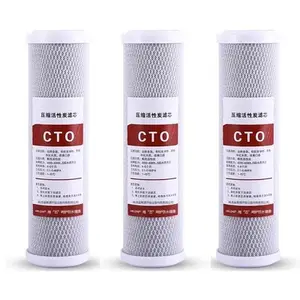










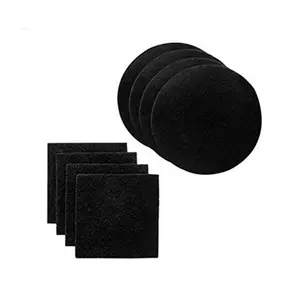
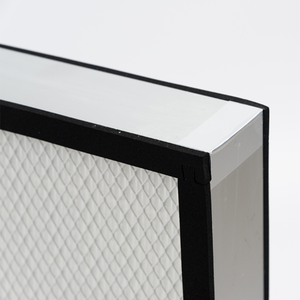

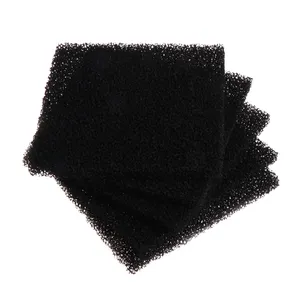


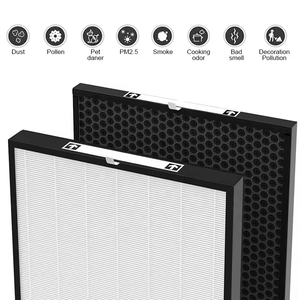
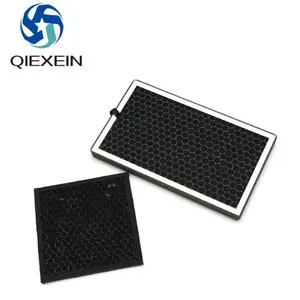





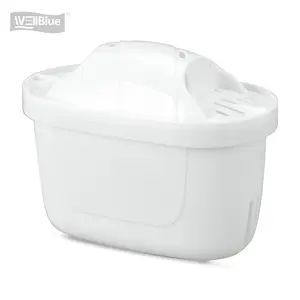


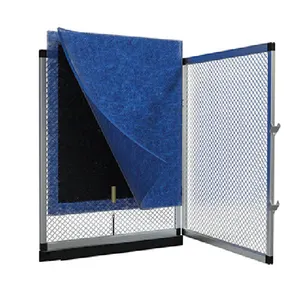







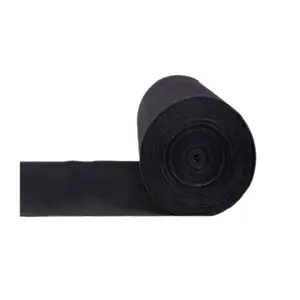








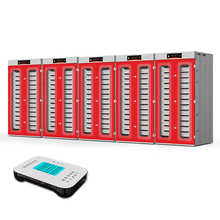
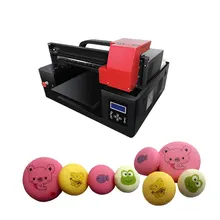






























 浙公网安备 33010002000092号
浙公网安备 33010002000092号 浙B2-20120091-4
浙B2-20120091-4